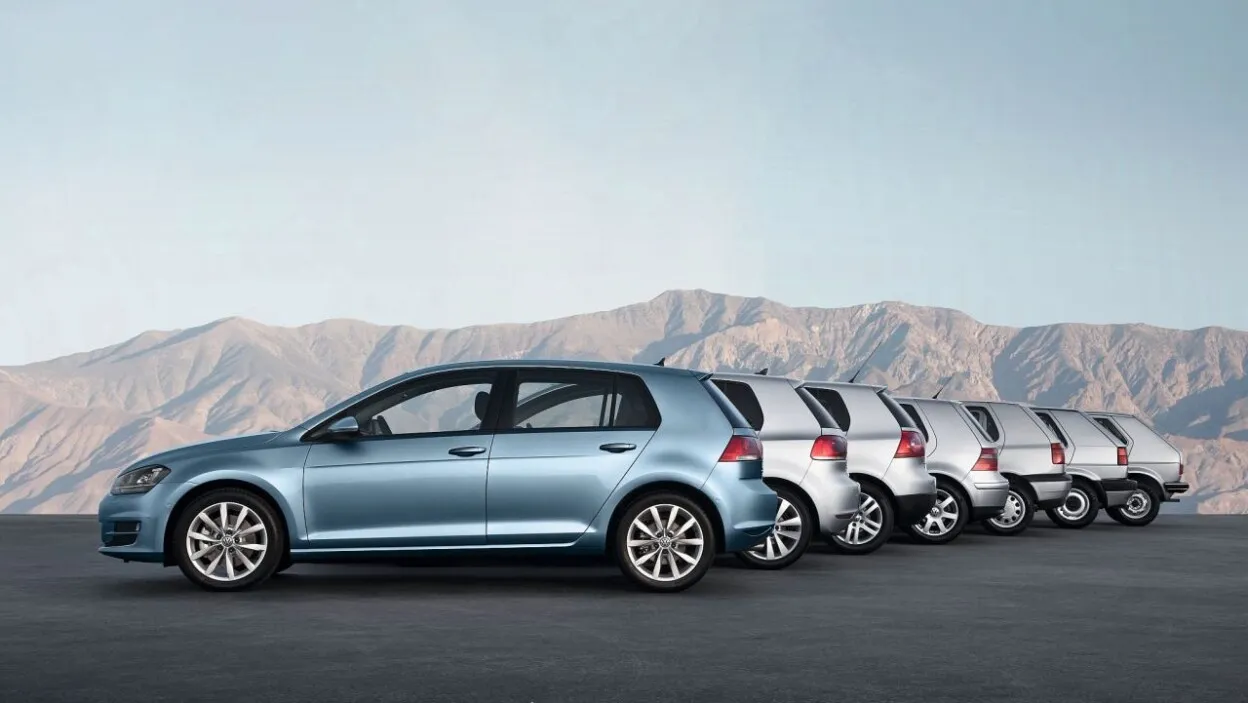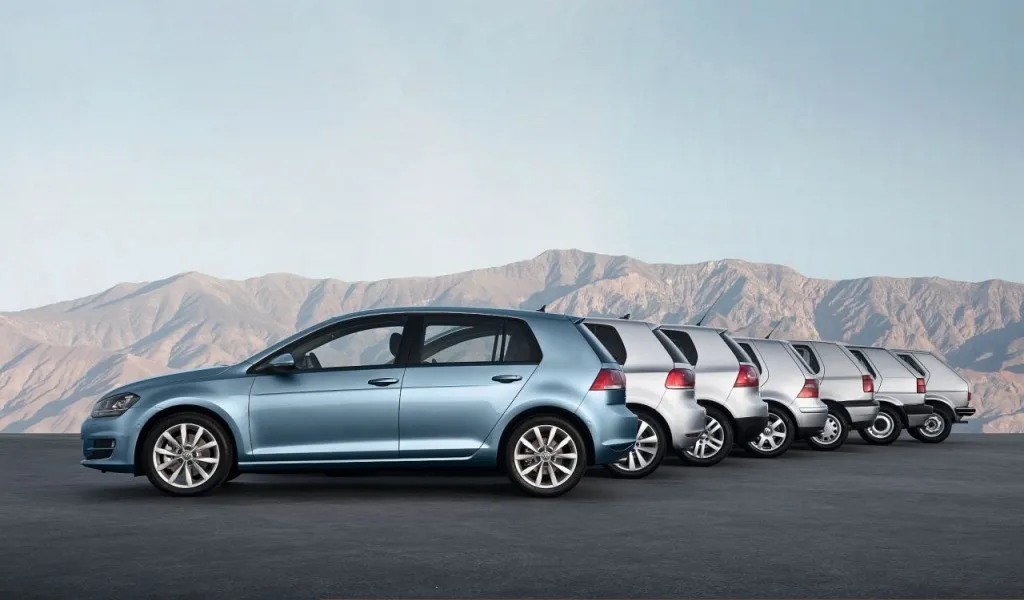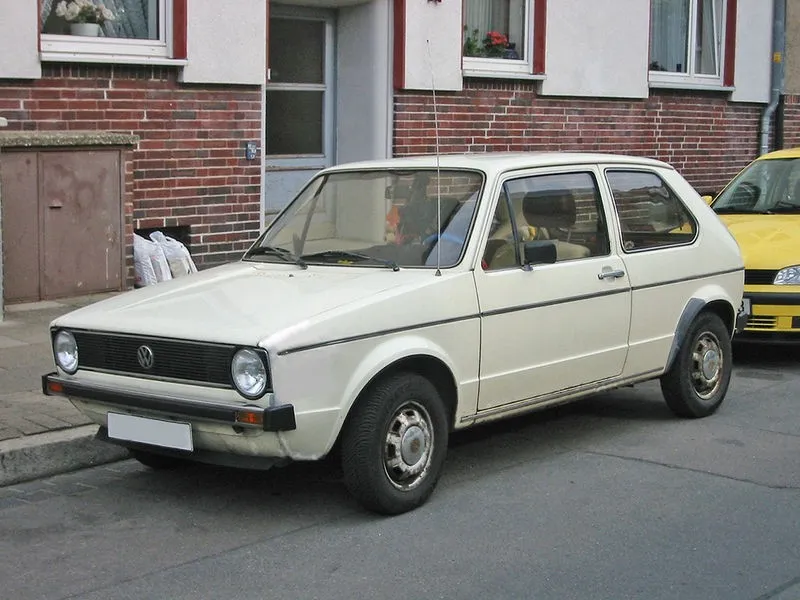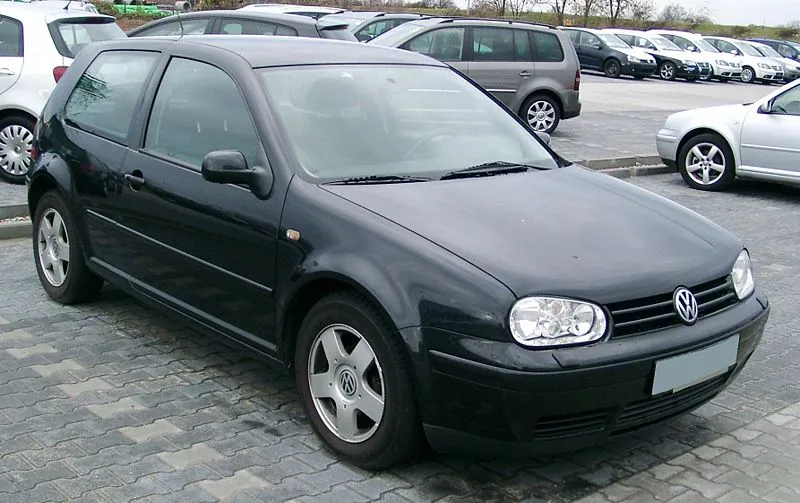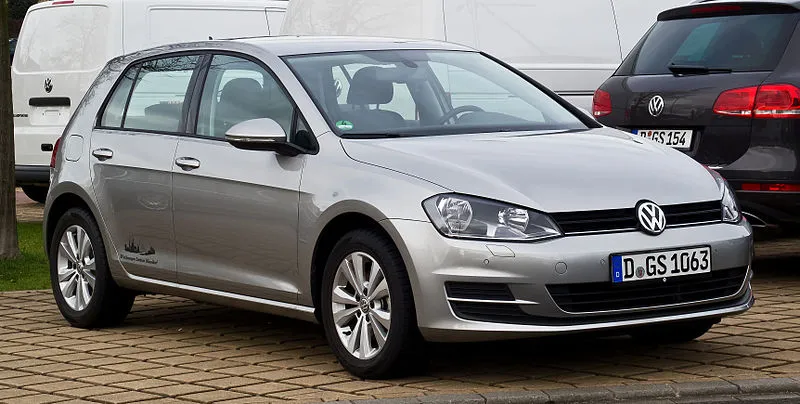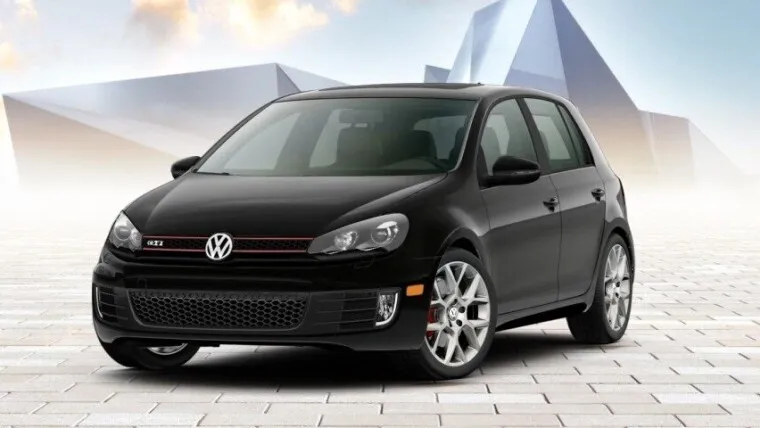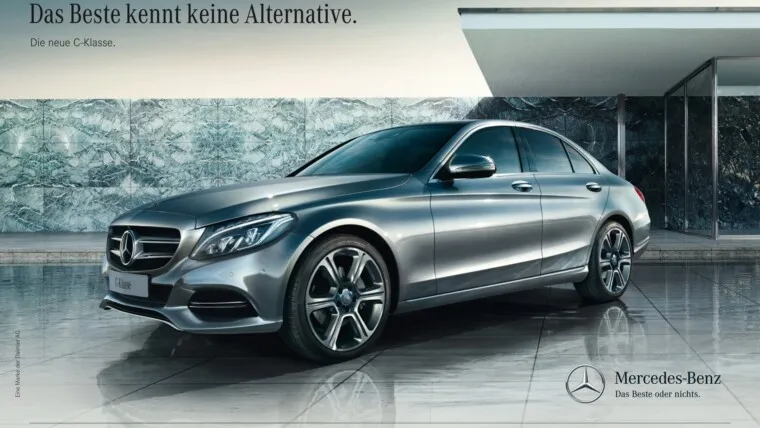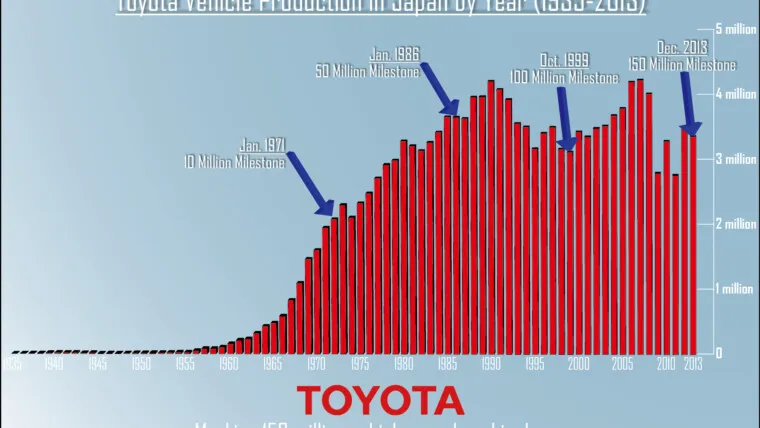Can you believe it, Volkswagen is celebrating the 40th birthday of the popular Golf hatchback this year. To this very day, more than 30 million units of the Golf have been sold since its debut in 1974.
The first series production Golf rolled-off the assembly line in Wolfsburg on 29 March 1974. As the successor to the legendary Beetle, Golf had to live up to the immense expectations that it would carry on the success story of what until then, was the world’s most successful car. It succeed. The modern and reliable drive concept, the excellent spatial economy and ultimately the design as well, won over the market to such an extent that production of the one-millionth Golf was already being celebrated in October 1976.
As of August 1983, passengers no longer sat quite so close to each other, since spatial utilisation had been improved once more. As a matter of fact, it was the Golf that introduced the regulated catalytic converter (1984), anti-lock braking system (ABS, 1986) and power-steering to the Golf class and that could be ordered with an all-wheel drive system for the first time (syncro, 1986).
With the launch of the third-generation Golf in August 1991, Volkswagen heralded a new era of safety. The third-generation Golf was the first of the series to have front airbags, starting in 1992, while major advances in the area of car body construction also resulted in significantly improved crash safety. In addition, numerous other technological milestones of the model range are linked to the third Golf. Many new features made their debuts in this new Golf such as the first six cylinder engine (VR6), cruise control, oxidation catalytic converter for diesel engines (1991) and the first direct injection diesel engines (TDI in 1993). Likewise, ABS became a standard feature on all Golf models in 1996. In 1993, Volkswagen had also introduced a new convertible based on the third generation Golf, a new all-wheel drive model (syncro II) and the first Golf Variant (an estate).
Under the direction of Hartmut Warkuß, Head of Design at Volkswagen (Group), the fourth-generation Golf crystallized the clear, precise design that lived up to the history of the Volkswagen brand more than ever before while setting its course to the future. With the debut of ESC (in 1998), the car continued to democratise safety. Also in 1998, Volkswagen unveiled the first all-wheel Golf with a Haldex clutch – the Golf 4MOTION. One year later, ESC became a standard feature, initially in Germany. The first direct-injection engine (FSI) and the debut of the standard head airbag (window airbags) followed in 2002. Also in 2002, Volkswagen launched the R32, with a top speed of 250 km/h. It was this top model of the range that in 2003 was the first to debut with the revolutionary dual-clutch gearbox (DSG).
The fifth-generation Golf was the Golf that boasted levels of comfort and dynamic performance that left many a competitor in its class way behind in 2003. The same went for the car’s security. One factor that underlines the stability of the laser-welded bodywork was the 35% increase in torsion rigidity demonstrated when the fifth-generation Golf made its debut in 2003. The Golf was now also available for the first time with side airbags – together with the six standard airbags (front, side front and window) there were thus eight protective air buffers on board. In terms of comfort as well as dynamic performance, the fifth-generation Golf scored in numerous areas, including its new four-link rear suspension, seven-speed DSG, bi-xenon headlights, panoramic sliding sunroof, plus the world’s first twincharger (in the 2006 TSI), combining turbo- and supercharger.
In just four years, a further 2.85 million Golf cars had been produced by the end of July 2012, based on the sixth-generation of the car launched in 2008. And once again safety made great advances too. The car body was so rugged that it passed the EuroNCAP crash test with flying colours, gaining the maximum five stars. Meanwhile, more TSI engines and a transition among the turbodiesel engines (TDI) from unit injection to the common rail system resulted in greater dynamic performance and lower fuel consumption. A top performer in the latter discipline was the second Golf BlueMotion with a combined fuel consumption of just 3.8 l/100 km, equivalent to 99 g/km CO2. New assistance systems such as Light Assist automatic main beam management, Park Assist, etc – made the sixth-generation the most advanced Golf to date.
On 4 September 2012, Volkswagen celebrated the world premiere of the seventh-generation Golf. The weight of the new Golf was reduced by up to 100 kg, thereby reversing the often cited upward weight spiral. Fuel economy was improved by a maximum of 23%, depending on engine selection. The new Golf TDI BlueMotion consumes only 3.2 l/100 km (equivalent to 85 g of CO2/km) under standard NEDC conditions. In addition, Volkswagen has equipped the Golf with an entire armada of new assistance systems on the market. In 2014, Volkswagen electrifies the compact class with an all-electric e-Golf and the new Golf GTE3.
Picture credit: Wikipedia

